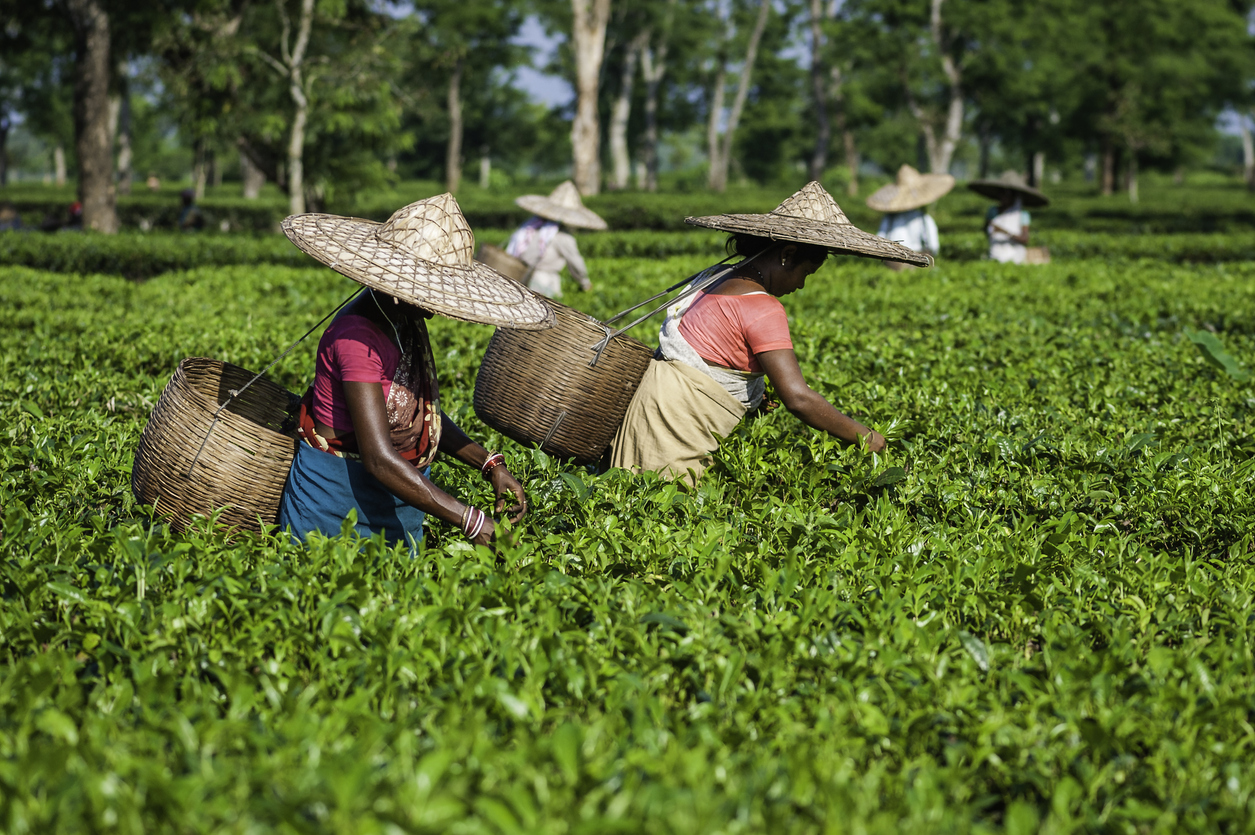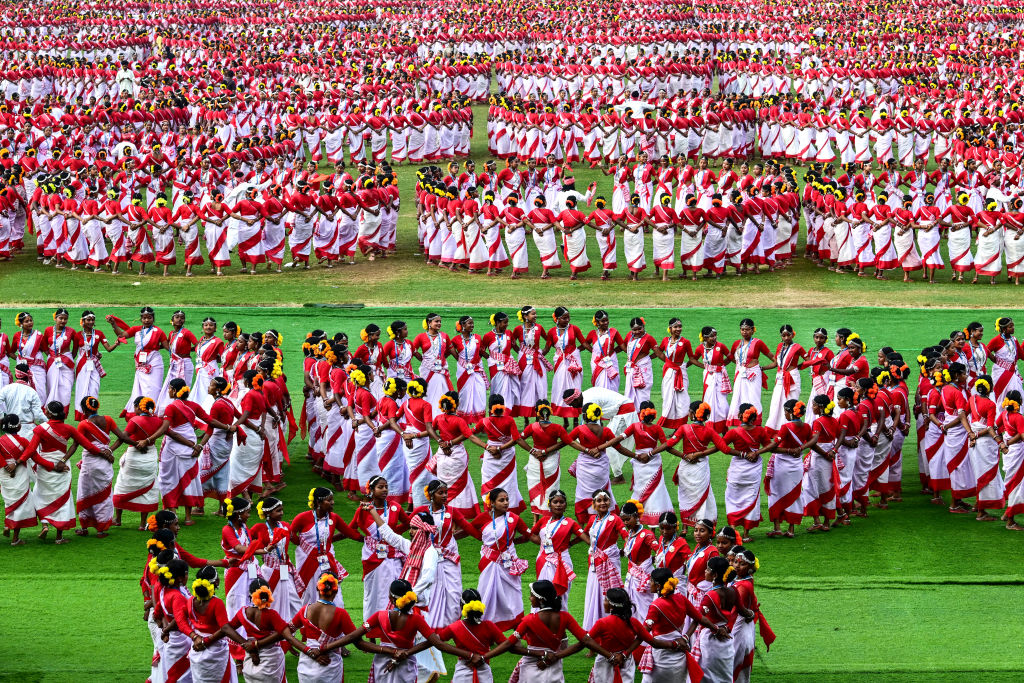- Thursday, April 17, 2025

By: Vibhuti Pathak
Assam, the land of rolling tea gardens, rich biodiversity, and vibrant culture, recently found itself in the spotlight during Prime Minister Narendra Modi’s visit. While addressing a gathering, Modi remarked, “People know all too well the fragrance of chai, who else will know it better than a chaiwala (tea vendor).” This statement not only highlighted his personal connection to tea but also underscored Assam’s deep-rooted identity as the world’s largest tea-producing region. Assam’s tea plantations, particularly its bold, malty black tea, have not only defined India’s tea culture but also reached cups across the globe.
The Legacy of Assam Tea: From Local Tradition to Global Favorite
Assam’s tea industry dates back to 1823 when Scottish explorer Robert Bruce discovered indigenous tea plants growing wild, cultivated by the Singpho tribes. This discovery laid the foundation for Assam’s global tea empire, as the British East India Company commercialized tea cultivation in the region. Today, Assam contributes over 50% of India’s tea production, with its estates producing some of the most premium black teas.
The distinct Camellia sinensis var. assamica tea plants thrive in Assam’s humid, rain-rich climate, giving the tea its characteristic strong, full-bodied flavor. The region’s First Flush (March-May) produces lighter, floral teas, while the Second Flush (June-August) is renowned for its robust flavors and golden-tipped leaves, making it a favorite in English Breakfast and Irish Breakfast blends.
Assam Tea’s Global Journey
From the colonial era to modern-day gourmet tea houses, Assam tea has found its way into households worldwide:

Exploring Assam: Tea Tourism & Beyond
Assam’s tea gardens are more than just commercial plantations—they offer immersive tourism experiences. Estates like Manohari Tea Estate, Mangalam Tea Estate, and Wild Mahseer provide plantation tours, tea-tasting sessions, and luxury heritage stays. The state also hosts the Assam Tea Festival, celebrating its 200-year-old tea industry with cultural performances, including the Jhumoir dance, performed by the Tea Tribe and Adivasi communities.
During his visit, PM Modi witnessed this cultural heritage at the Mega Jhumoir 2025 event in Guwahati, where over 8,000 dancers performed, symbolizing Assam’s unity and tradition. Modi also made history by stopping at Kaziranga National Park, home to two-thirds of the world’s one-horned rhinoceros population.
Why Assam’s Tea Remains Unmatched
The Future of Assam Tea: Challenges & Innovations
While Assam tea continues to be a global favorite, climate change, unpredictable rainfall, and soil degradation pose challenges. However, with organic farming, sustainable irrigation, and a growing trend toward small-batch specialty teas, Assam is adapting to modern demands while preserving its rich legacy.
The Aroma That Unites the World
From a chaiwala’s stall to the grand tea salons of London, Assam’s tea has traveled far and wide, symbolizing India’s rich heritage. As PM Modi’s words resonate—”Who else will know the fragrance of tea better than a chaiwala?”—the journey of Assam tea from India’s misty plantations to the world’s teacups continues to inspire, one brew at a time.